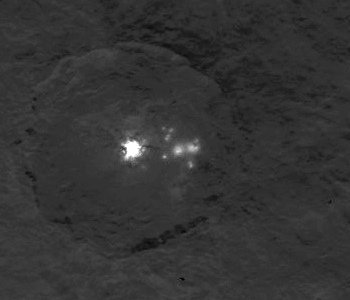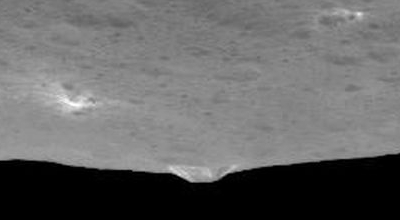New Horizons gets closer

Cool image time! Even as the engineers successfully completed last night their last course correction engine burn, the New Horizons science team released an image showing both Pluto and Charon.
The 23-second thruster burst was the third and final planned targeting maneuver of New Horizons’ approach phase to Pluto; it was also the smallest of the nine course corrections since New Horizons launched in January 2006. It bumped the spacecraft’s velocity by just 27 centimeters per second – about one-half mile per hour – slightly adjusting its arrival time and position at a flyby close-approach target point approximately 7,750 miles (12,500 kilometers) above Pluto’s surface.
The image, which I have cropped to focus on the planets, is still somewhat fuzzy, though it also shows the increasing sharpness as the spacecraft gets closer.
Only two weeks to go!

Cool image time! Even as the engineers successfully completed last night their last course correction engine burn, the New Horizons science team released an image showing both Pluto and Charon.
The 23-second thruster burst was the third and final planned targeting maneuver of New Horizons’ approach phase to Pluto; it was also the smallest of the nine course corrections since New Horizons launched in January 2006. It bumped the spacecraft’s velocity by just 27 centimeters per second – about one-half mile per hour – slightly adjusting its arrival time and position at a flyby close-approach target point approximately 7,750 miles (12,500 kilometers) above Pluto’s surface.
The image, which I have cropped to focus on the planets, is still somewhat fuzzy, though it also shows the increasing sharpness as the spacecraft gets closer.
Only two weeks to go!




